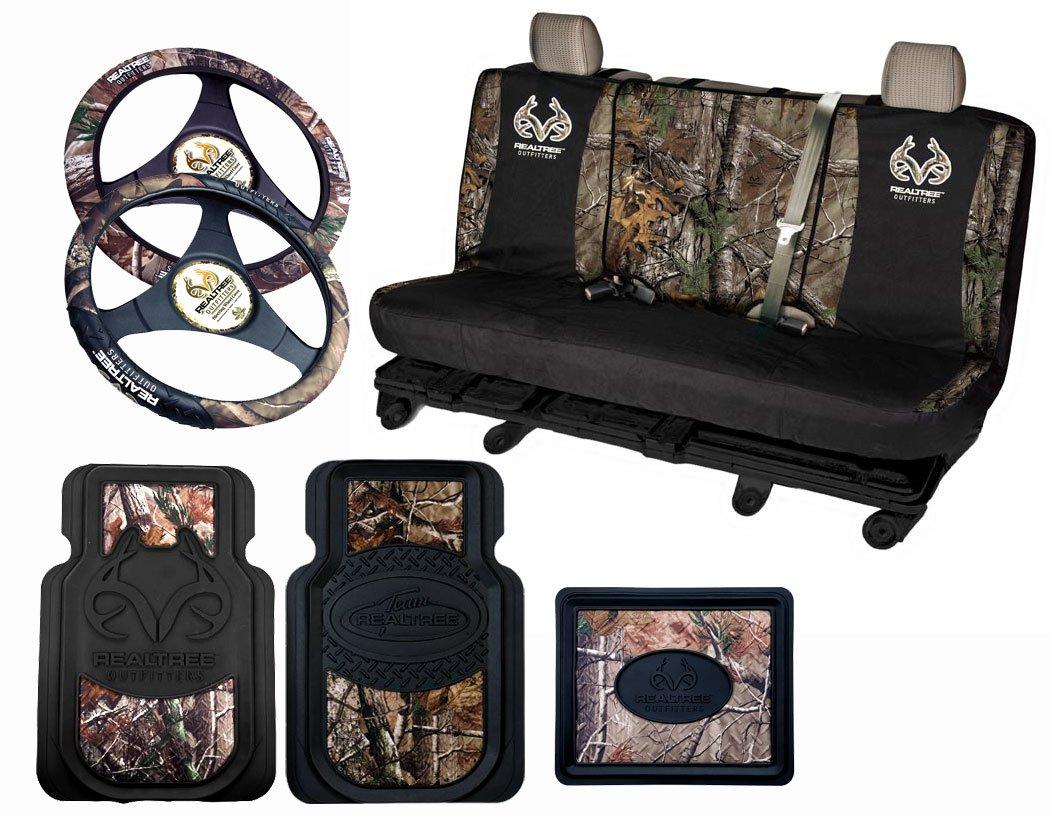One morning I got a text from my friend Scott.
Shot …
Great, be there in a few, I responded.
No. Hit him in head, deer ran off.
What the …?
When we hooked up later, Scott explained that he released the arrow, heard a loud thwack, and watched in horror as the buck bounded off with the shaft flopping back and forth out the back of his head behind the wide rack.
(Don’t Miss: The Best Shot Placement on Deer)
My buddy, a competitive archer and fine field shot, was so sick about it that he wanted to hang his bow up for the year. I told him weird things happen in bowhunting; the buck likely heard the bow go off, ducked, and whirled his neck and head into the path of Scott’s arrow.
It took some convincing, but after taking a few days off, he picked up his bow and was at it again. Almost three weeks to the day, Scott was back in the stand where he beaned the buck. An hour after sunrise he texted, Got him, won’t believe it!
Later I admired the wide 8-pointer and marveled at the strength and fortitude of a whitetail. The buck had broken off the arrow shaft, but the three-blade Muzzy was still lodged in the back of his skull!
One thing to remember about a whitetail buck. At a young age, he roams, explores, and finally settles into a home range, typically several hundred to 600 acres in size, where he’ll live his entire life. Within his home range, a buck finds and uses small core areas where he feels most safe and comfortable. Come hell or high water, he’s loath to leave his happy place.
With Scott’s errant shot and subsequent kill, I had anecdotal evidence that a buck grazed with an arrow (or smacked in the skull with one) would return to the scene of the crime. In hopes of confirming it, I reached out to a couple of America’s top deer biologists who are also hardcore hunters. Yes, a mature buck will come back to the area where he was wounded, says Kip Adams of the Quality Deer Management Association. Depending on where it occurred, maybe in an open food plot or field, a buck might not move in during daylight hours for a while, but he’s not leaving his home range. That’s where he feels safest, so that’s where he’s staying. A buck’s movements may be more varied by time of day, but he’ll be back at least in the vicinity of the area where he got shot.
Is it common for a buck to return to the exact spot where he was wounded? Might you kill a buck yet from the same treestand, as my friend Scott did, or was that just a one-off?
It depends, says Adams. If a buck had no idea you were there, he definitely might return and walk through the same spot on the same trail.
(Don’t Miss: 6 Things Hunters Have to Know About CWD)
Different story if you royally screw up — a buck sees or smells you and you shoot and wound him. Then he will return to the general area, but probably not the exact spot where he got shot, because he’ll remember that stand.
Tip: In this case, pull and reset your stand 60 to 100 yards away in the same plot, bottom, or travel corridor, and surprise the buck from a fresh spot.
Grant Woods, widely recognized as one of the top whitetail authorities in the nation, agrees that an injured buck will come back home.
After a wounding shot, a buck will associate the area with danger for a few days to a few weeks, he says. But if the reason the deer was there in the first place doesn’t change — it is still a quality food source or a major travel corridor or whatever — a buck will return to the area.
One day just last fall, Woods shot at a buck that reacted to the twang of the bowstring. As the deer ducked and whirled, I nicked him with a glancing shot in front of the shoulder. We trailed and searched for 36 total man-hours. We disturbed the area a lot.
The buck went AWOL for a month, and Woods didn’t get a single camera image of him. Later in the season, a hunter shot the buck in the same food plot where I missed him.
Woods figures he may have seen the deer much sooner if they hadn’t trampled the area so much after his miss. The deer came back — it just took a little longer than usual.
All this makes sense for bowhunters, but what if you flesh wound a buck with a booming rifle or muzzleloader bullet?
Gunshots, especially one shot, scare deer far less than many hunters believe, says Kip Adams. He says a buck clipped with a bullet will likely be back in the same area where you missed him at some point in the season.
Hang tough and hope for redemption.
















































![Air gun 101: The differences between .177 & .22 – Which jobs they do best ? [Infographic]](https://airgunmaniac.com/wp-content/uploads/2020/09/g44-150x150.jpg)